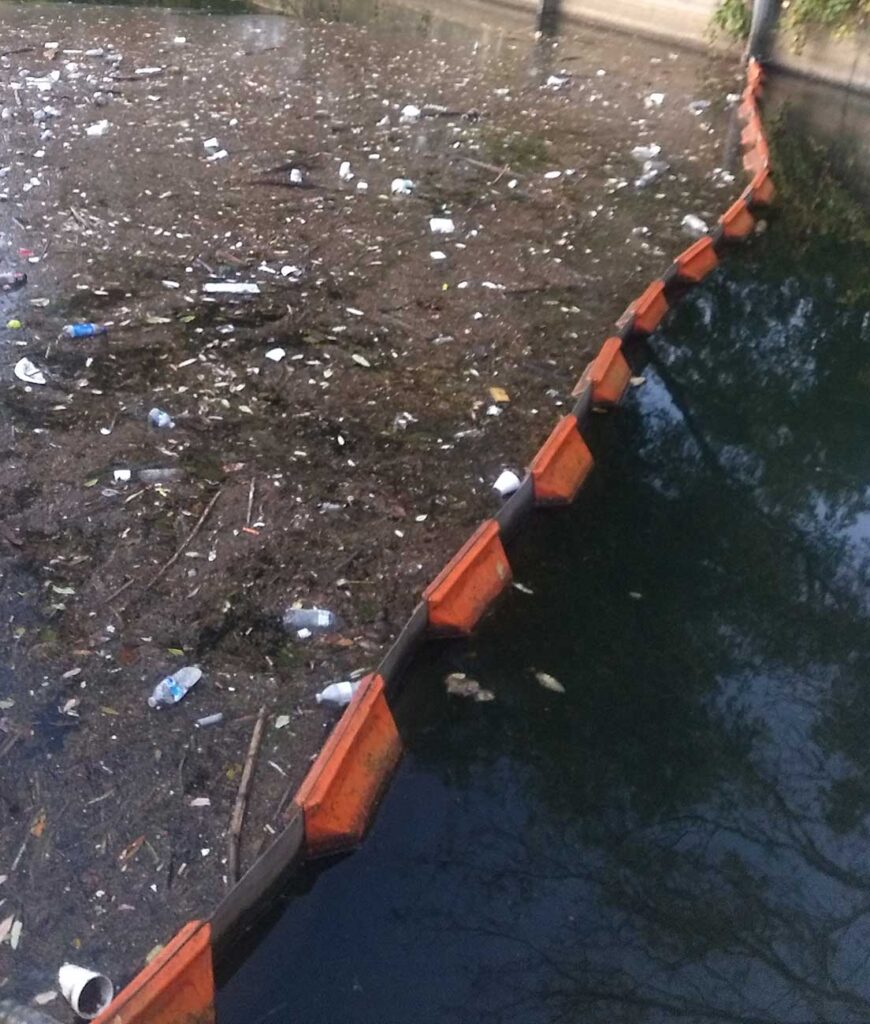
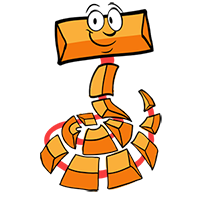
Litter Boom
A litter boom is a collection device that floats upon the surface of the water, collecting litter items such as bags, plastic bottles, cans, and other trash. Volunteers then collect the litter, weigh and sort it, logging the data to track progress on how well we are doing eliminating waste in our waterways over time.
These litter booms are located in Cascade Creek and Mill Creek. They are on vertical runners that allow the booms to rise and fall with the fluctuation of water level in the creeks. Volunteers visit each site twice a week to collect litter. The data of type and amount of litter is available here.
Sea Bin
According to the Seabin Project, “The V5 Seabin unit is a “trash skimmer” designed to be installed in the water of Marinas, Yacht Clubs, Ports and any water body with a calm environment and suitable services available. The unit acts as a floating garbage bin skimming the surface of the water by pumping water into the device.” Volunteers then collect the litter, weigh and sort it, logging the data to track progress on how well we are doing eliminating waste in our waterways over time.
Erie currently has one Seabin, located at the East Canal Basin Fishing pier in Erie Pa. As it is a floating device, it can rise, fall, and move with the water as needed. It is most effective in calm waters such as bays, marinas, and ports.

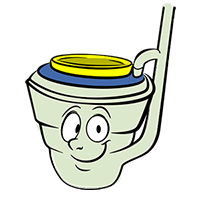
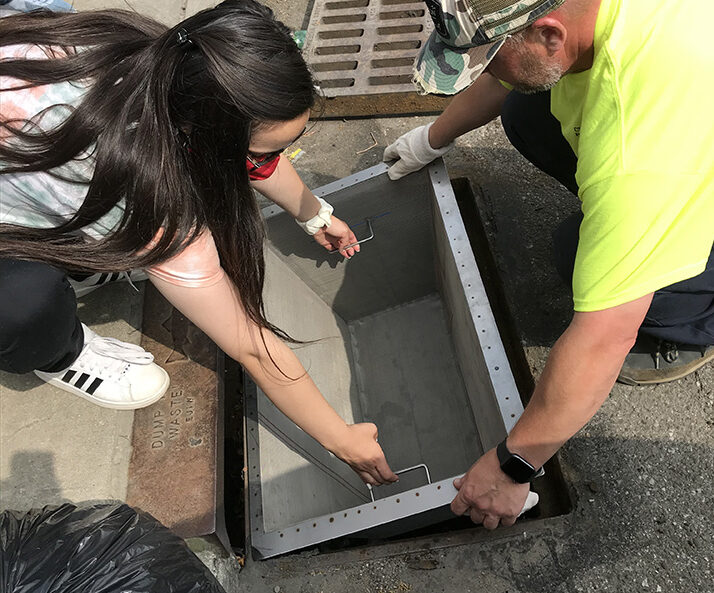
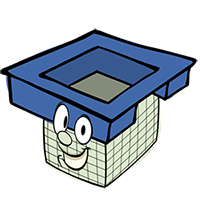
Storm Strainers
The Storm Strainers is a catch basin basket that sits inside the storm water drain and prevents trash and other debris carried by storm water from entering the storm drain system. The Storm Strainer’s mesh basket is designed to capture and retain 100% of plastic and other gross solids over 5mm.” As Storm Strainers are installed throughout Erie County, check back here for more information as to their locations and also data regarding the litter they collect.
Street Sweeper
Streetsweeper vehicles can work in a variety of manners, from swirling brushes along the curb and parking lots to a mobile vacuum that sucks in and collects litter and sediment from concrete and asphalt surfaces. These large pieces of equipment are key, particularly during spring cleanups and after large events, to keeping litter from entering our waterways.
Check out our data tab for more information about the types and amount of litter collected in Erie with our streetsweepers here.
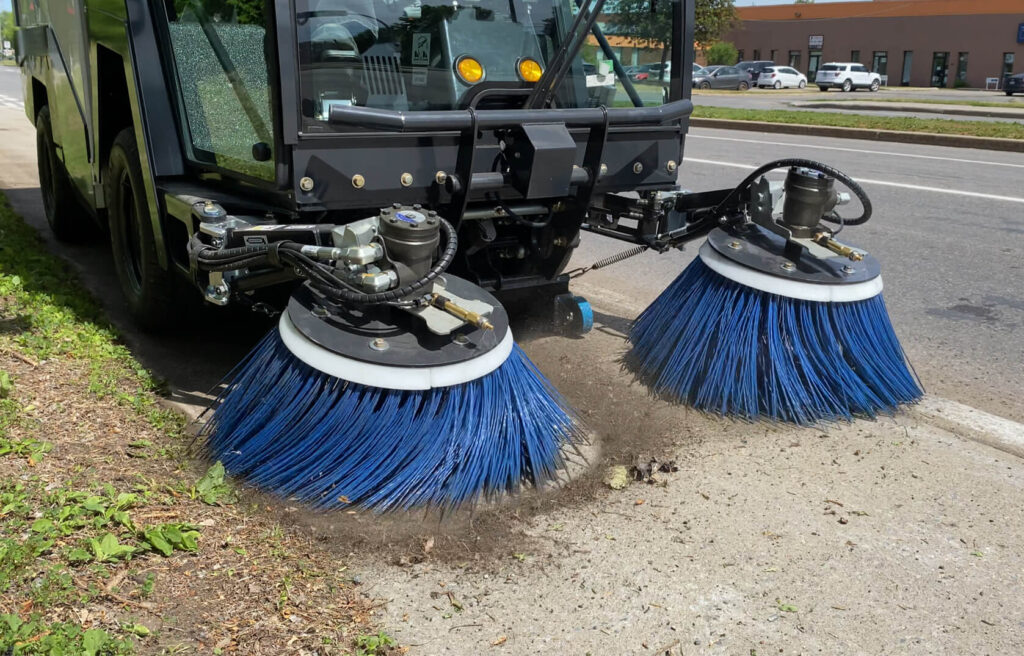
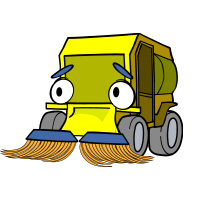
These critters are an important part of keeping our water clean, but we can all help lessen their workload (less work for volunteers too!) by learning how to keep litter from getting in the water in the first place. Check out our “What Can I Do?” tab for more ideas about how you can keep our water clean too!
